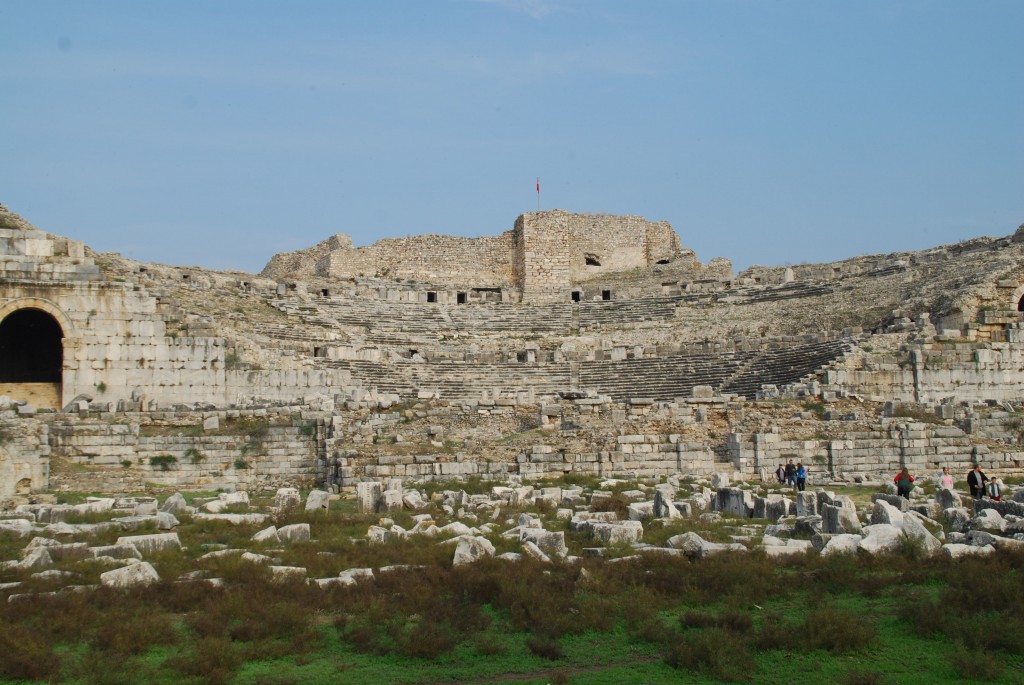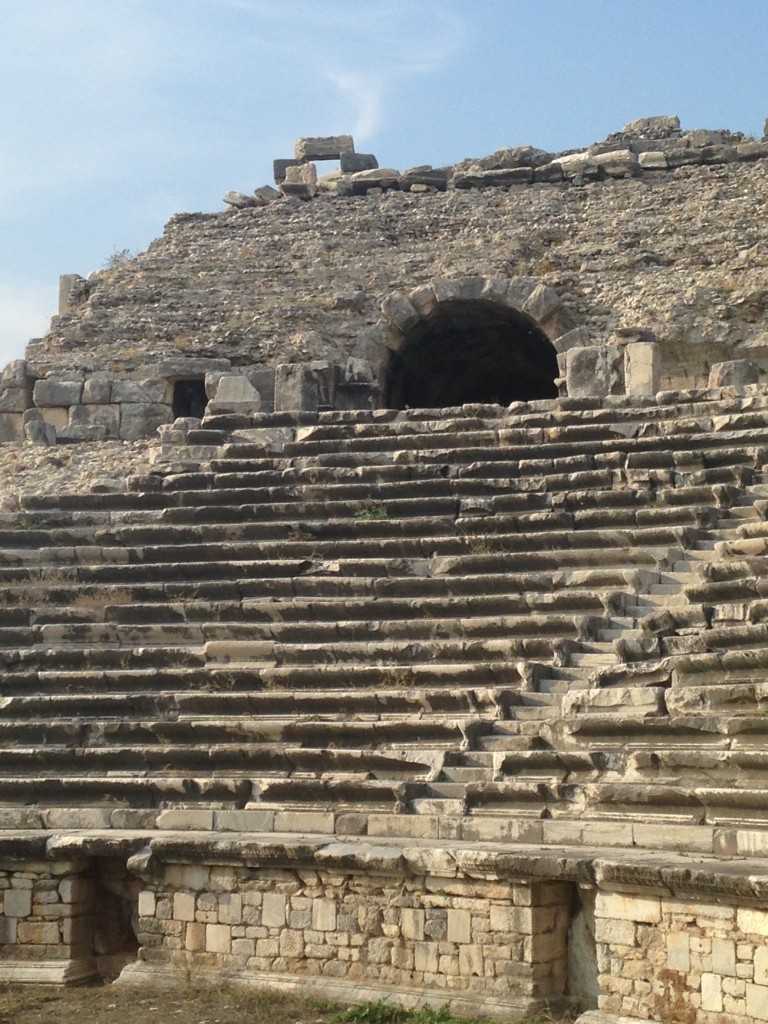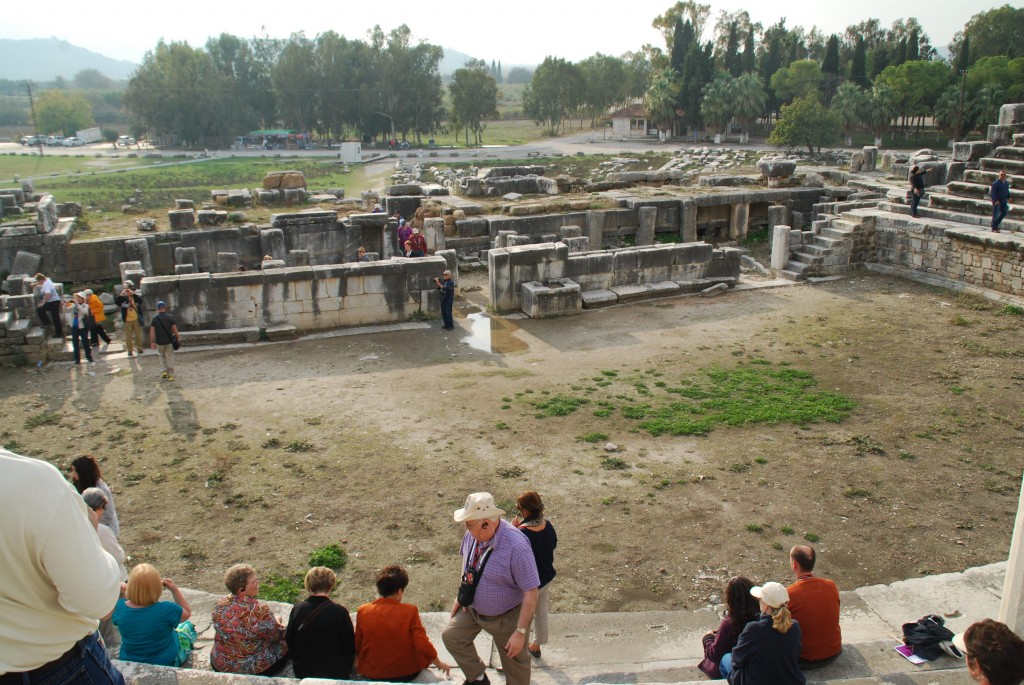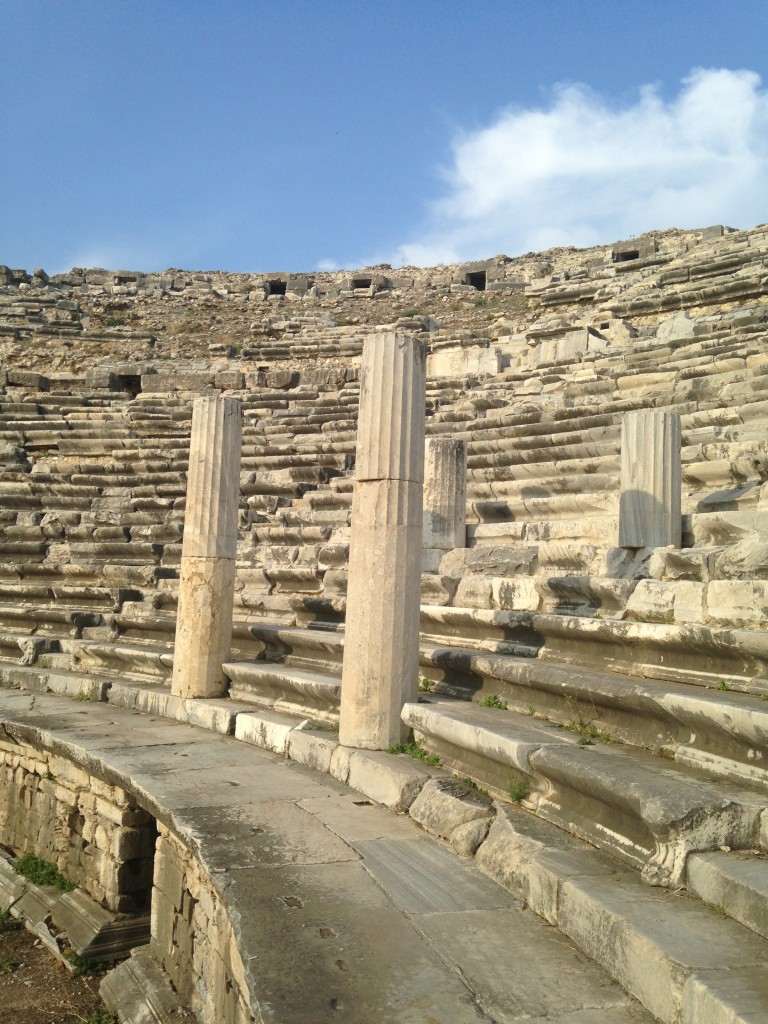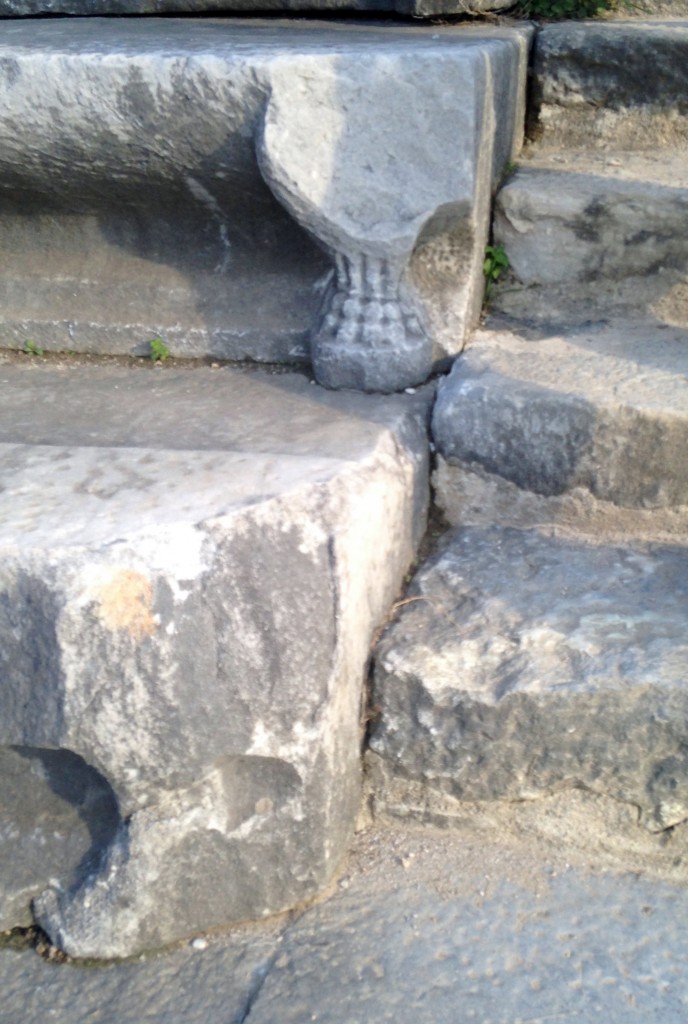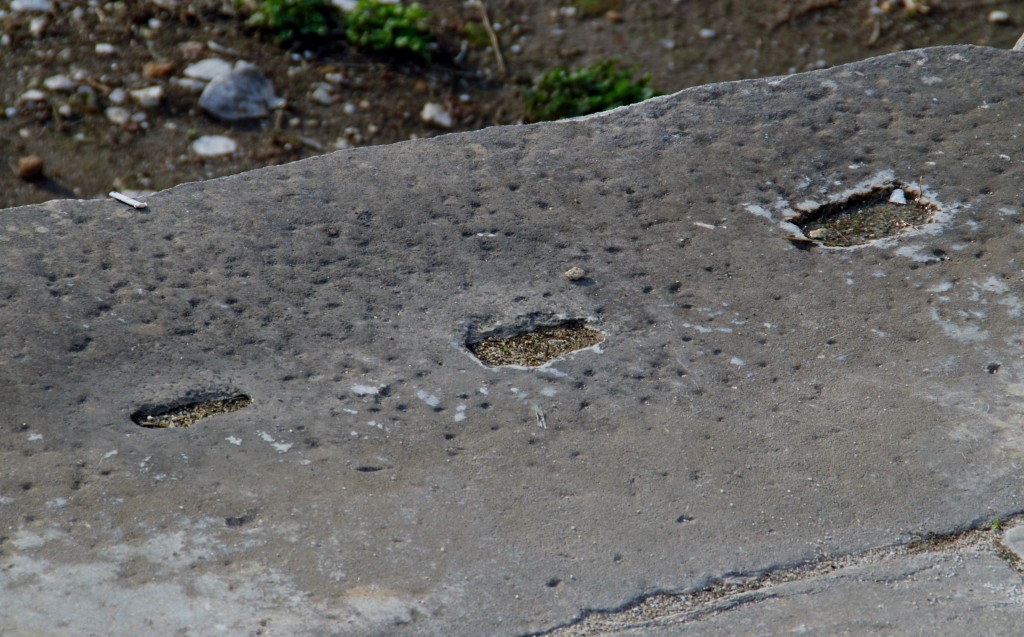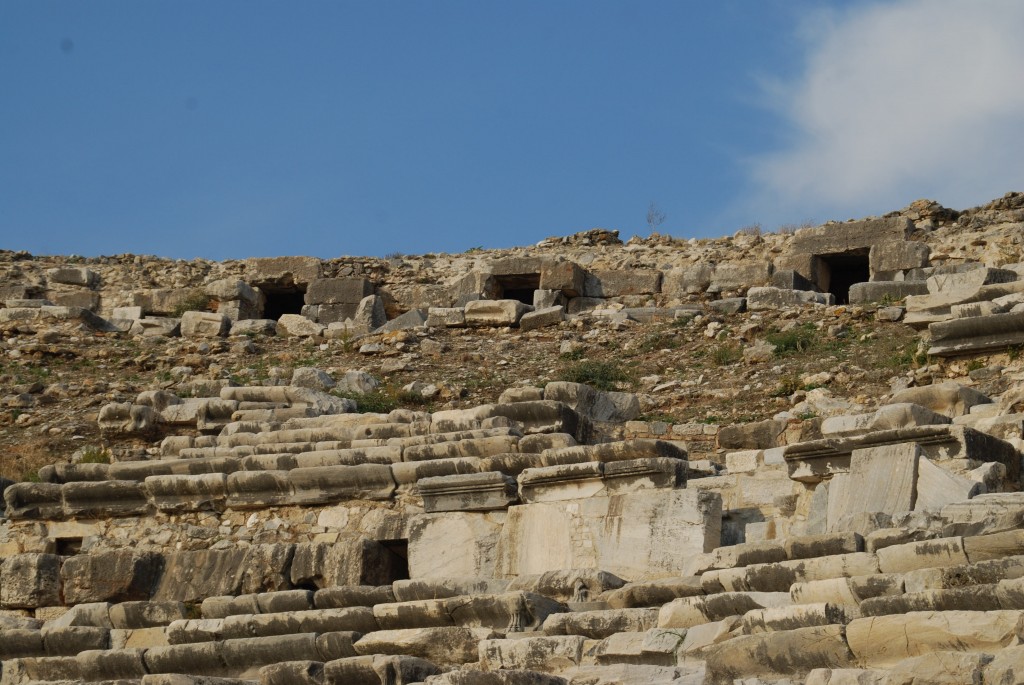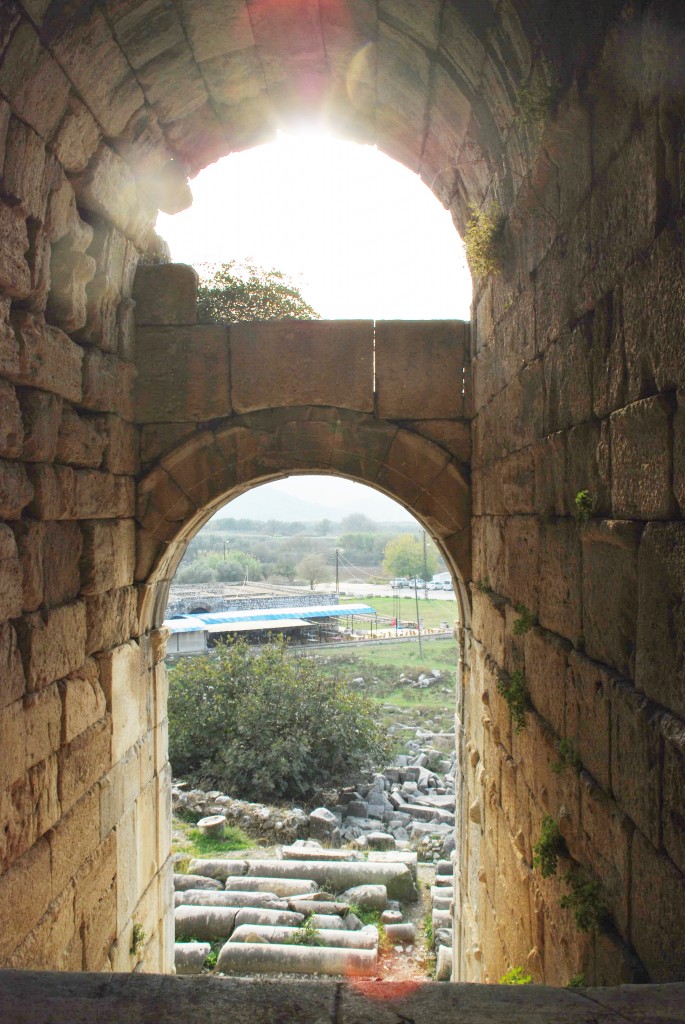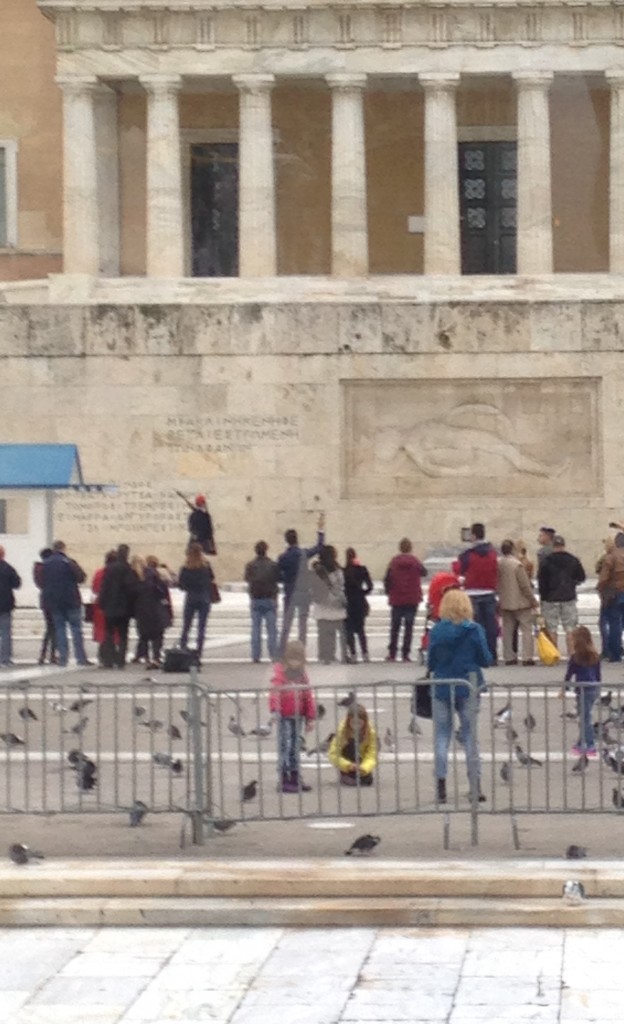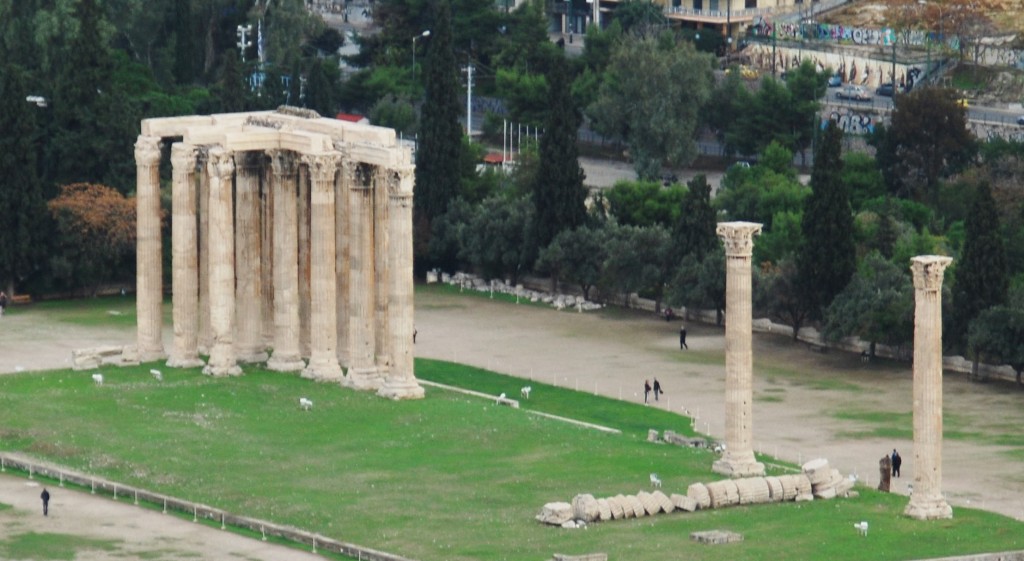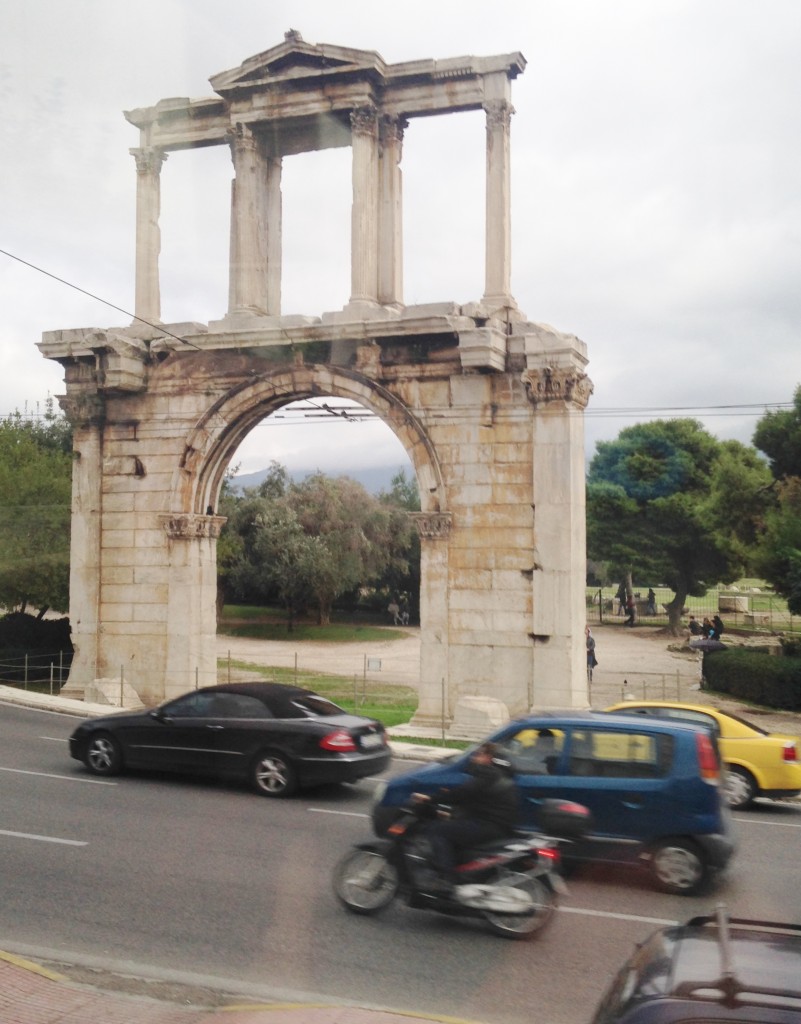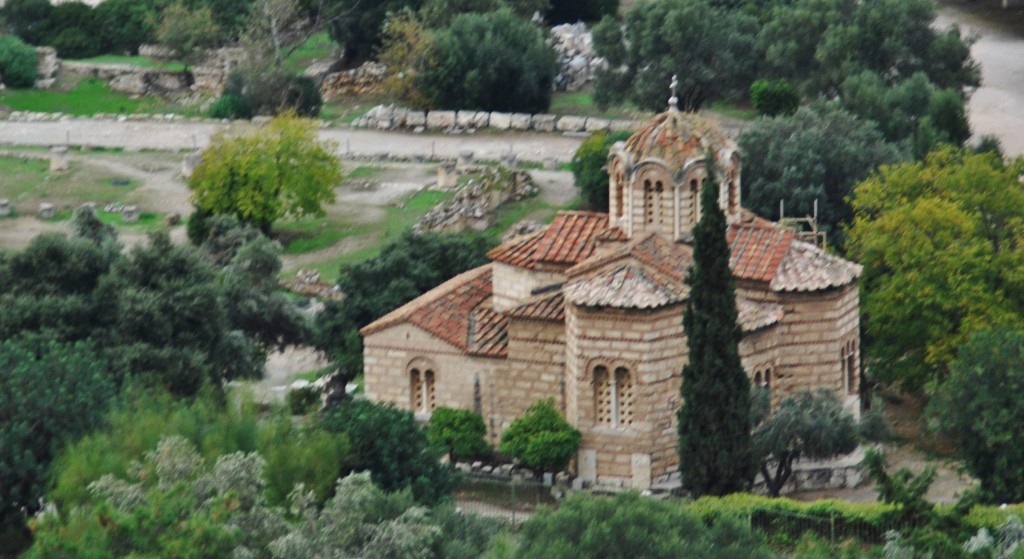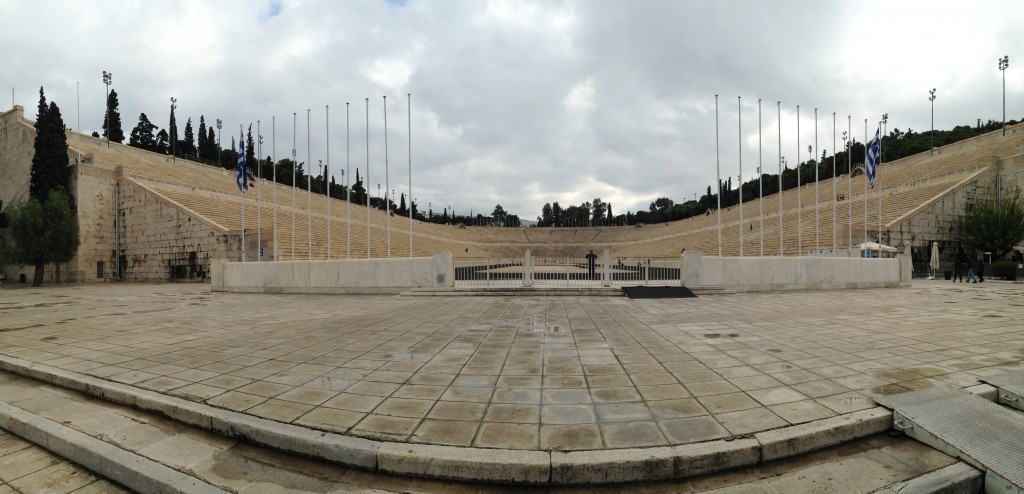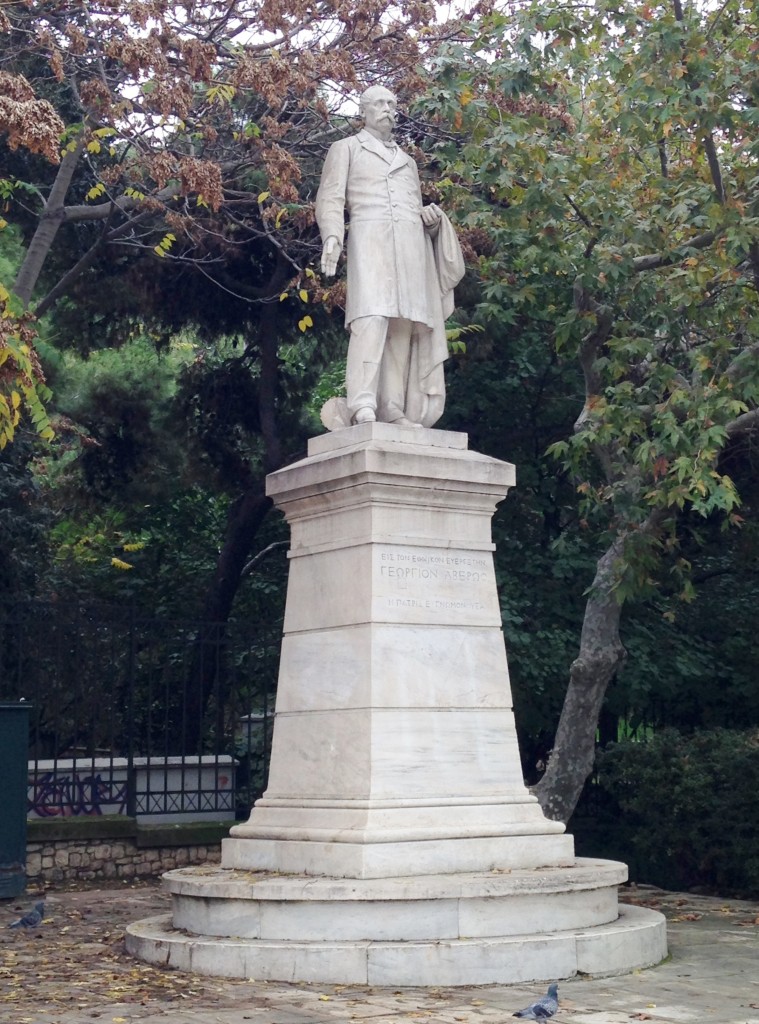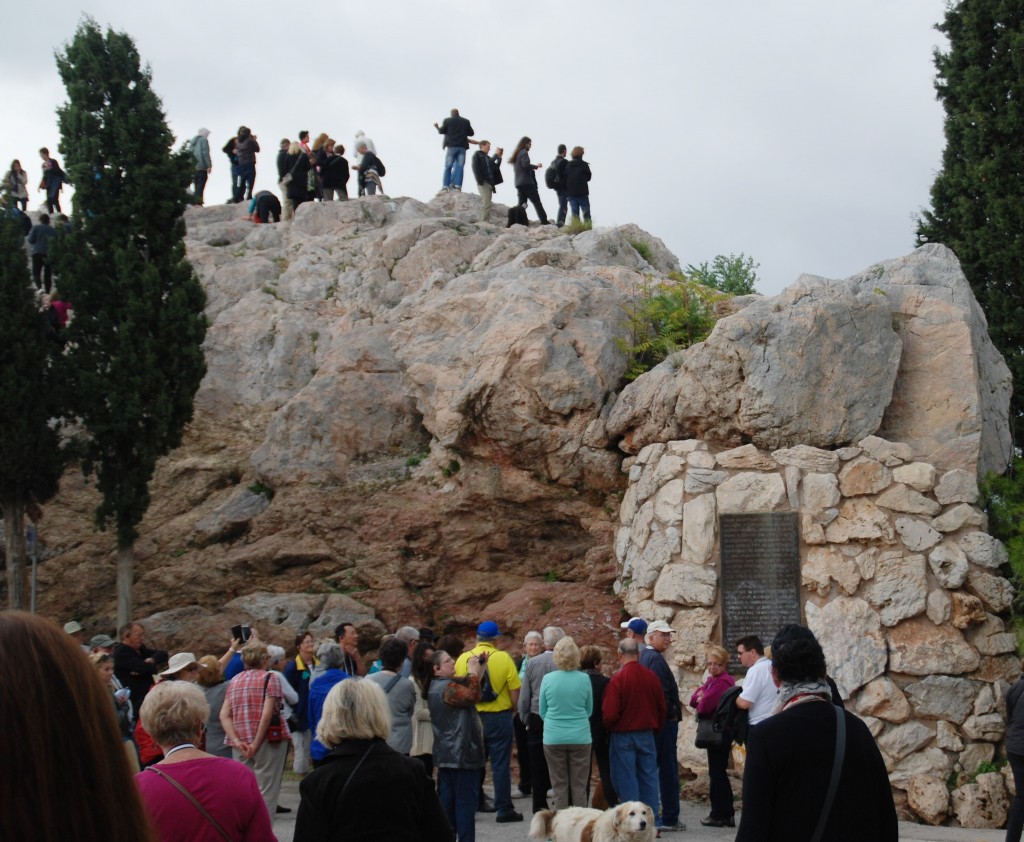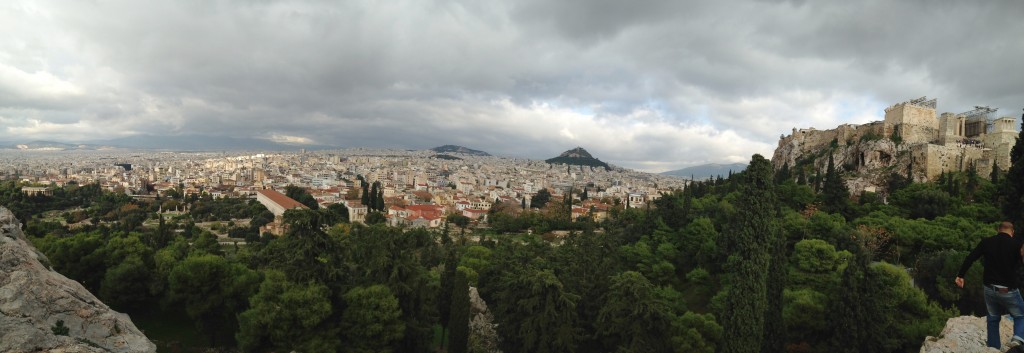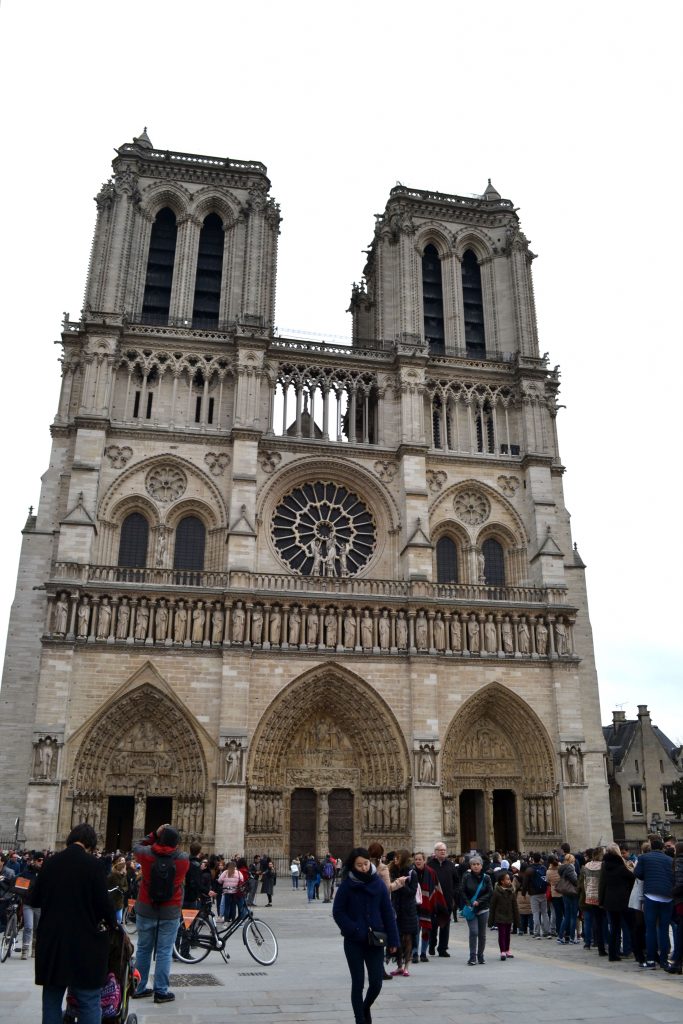
It was a magical moment when I approached the Notre Dame Cathedral in Paris as the bells began to toll. Looking up towards the tall spires of the French Gothic cathedral, I admired its gorgeous facade. The statues and decorations reveal an incredible story of history that fascinated me. It is no surprise that the Cathedrale of Notre Dame is one of the most renowned of all Catholic churches in France.
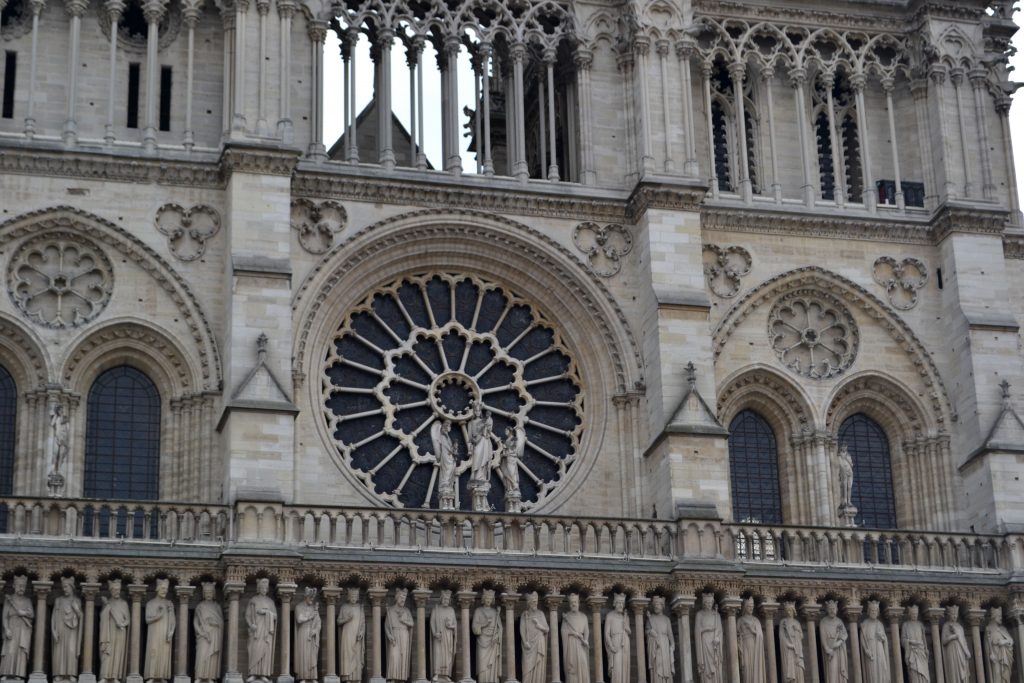
Notre Dame is dedicated to “Our Lady”, the Virgin Mary and Mother of Christ who, according to Catholicism, intercedes on behalf of those who pray to her. A statue in the center of the portico depicts Mary presenting the Son of God to the city of Paris, while a pair of angels looked on.
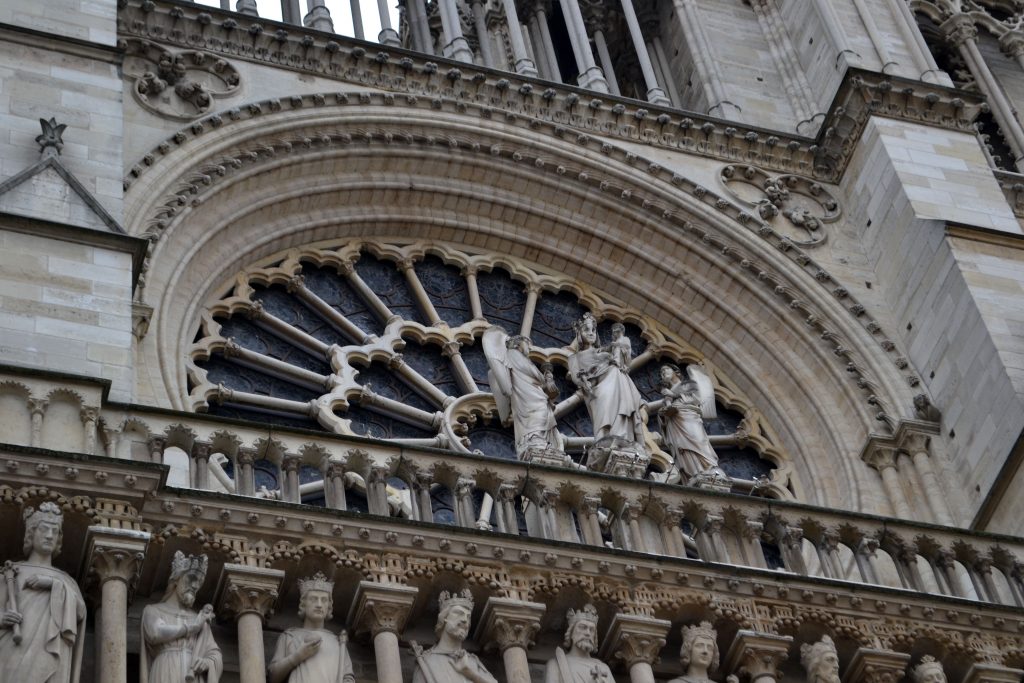
My eyes were drawn to the simple circular window that dates back to 1225 AD. Each stained glass pane tells the story of the Zodiac and the “Labours of the Months” which were traditionally linked together artistically. The Labours were common in Medieval and Renaissance artwork that symbolized rural activities that are associated with each month of the year.
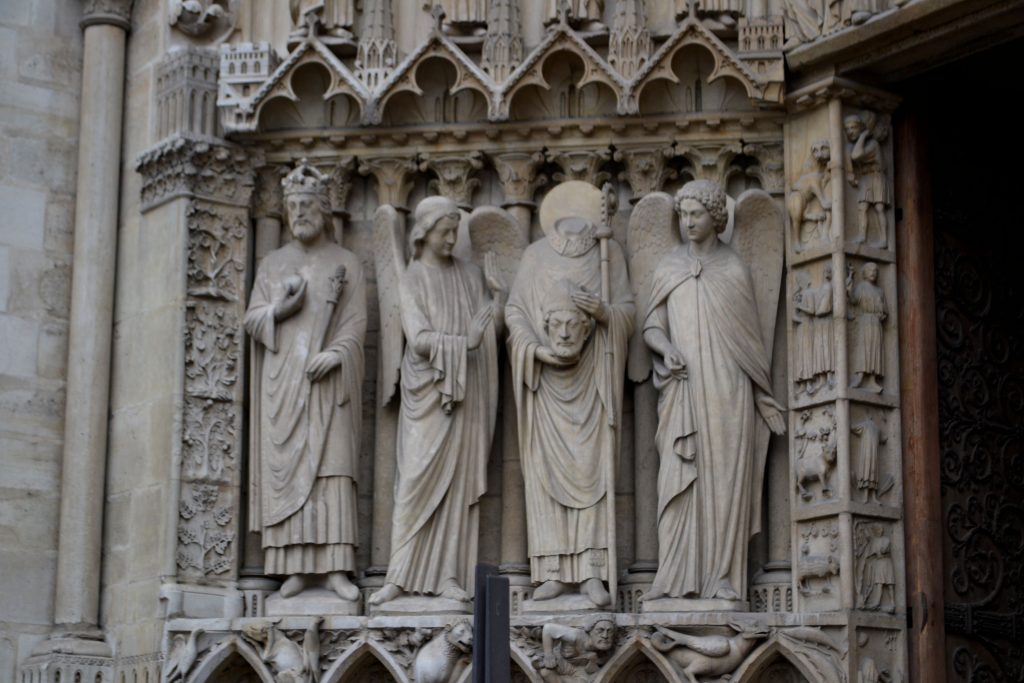
As I approached the cathedral, I could not help but notice the three arched entrances with multiple statues and figures. The Portal of the Last Judgment in the center is the largest and most ornate. The far right entry is the Portal of St. Anne and to the left, the Portal of the Virgin. Exploring the many stories and Biblical depictions, I began my exploration of the cathedral with the tale of St. Denis.
St. Denis is credited with bringing Christianity to the ancient town of Parisii, a Roman settlement who worshipped demi-gods. His mission to convert the pagans enraged the Roman priests and Denis was beheaded. Ancient tradition claims that Denis stood up and with this head tucked under his arm, began walking north towards Montmartre where he would determine his final resting place at the Mount of Martyrs. This miraculous story increased the number of Christians in Paris and the pagan temple was soon replaced by a church.
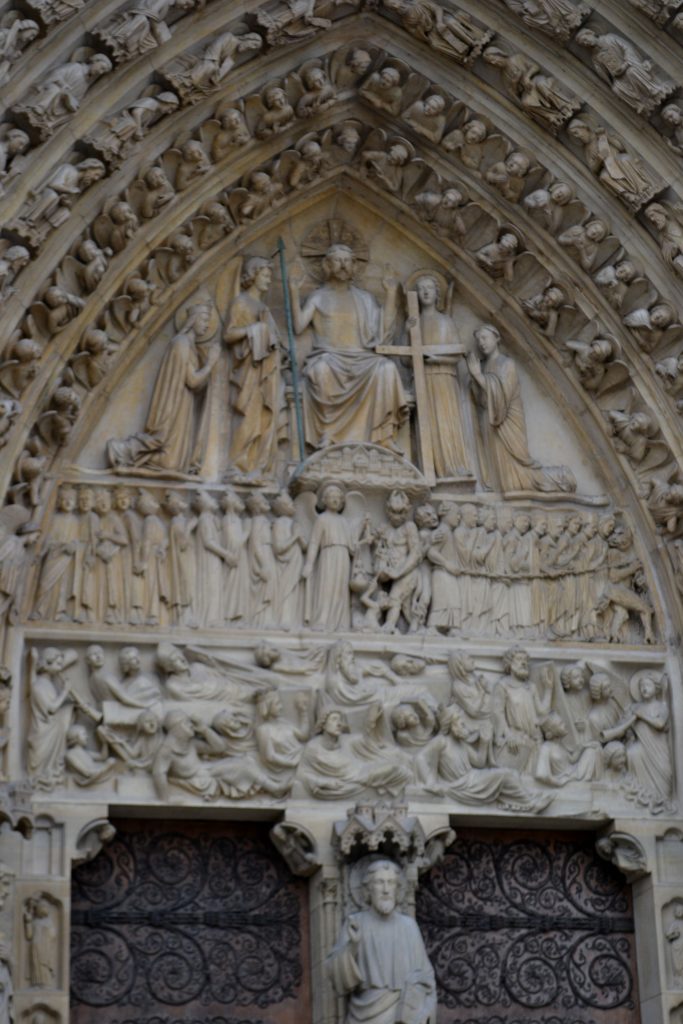
Judgment of the world was a common theme among artists during the Renaissance and the Notre Dame has its own story to tell. Above the doorway of the central portal, Jesus is shown on his Judgment Throne seated above an angel and demon weighing the souls of man. While man’s fate hangs in the balance a deceitful demon cheats the scales by adding more weight in hopes to win more souls to the dark side. The souls of the faithful are lined up on the left as the souls of the condemned are chained and led away to their demise. While some of the wicked are blindfolded or carried off unwillingly, one man’s doom comes in the form of a flaming cauldron as he dives in headfirst.
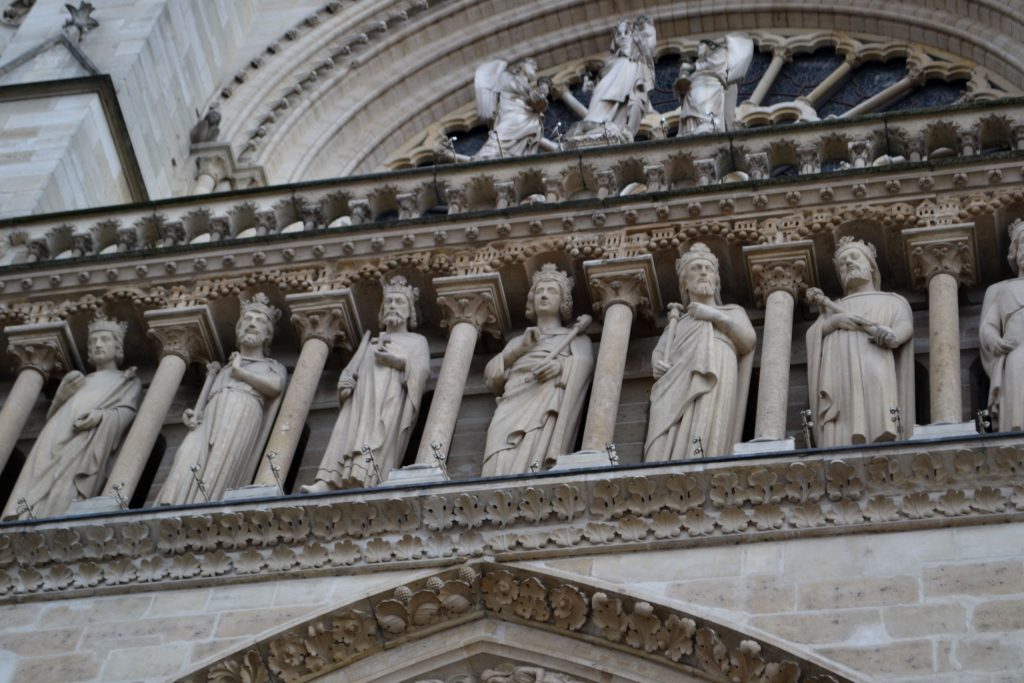
Above the arch yet below the statue of Mary is a row of 28 statues representing the Kings of Judah. During the time of the French Revolution, the locals mistook these effigies as the much despised kings of France and decided to remove their heads. A local schoolteacher collected the heads and disposed of them by burying them in his backyard. For years they remained underground until 1977 when they were discovered and exhumed. The originals are now on display at nearby Cluny Museum, while the current statues have been restored.
Having studied the façade of Notre Dame, I continued towards the right doorway and reached the entrance into the church.
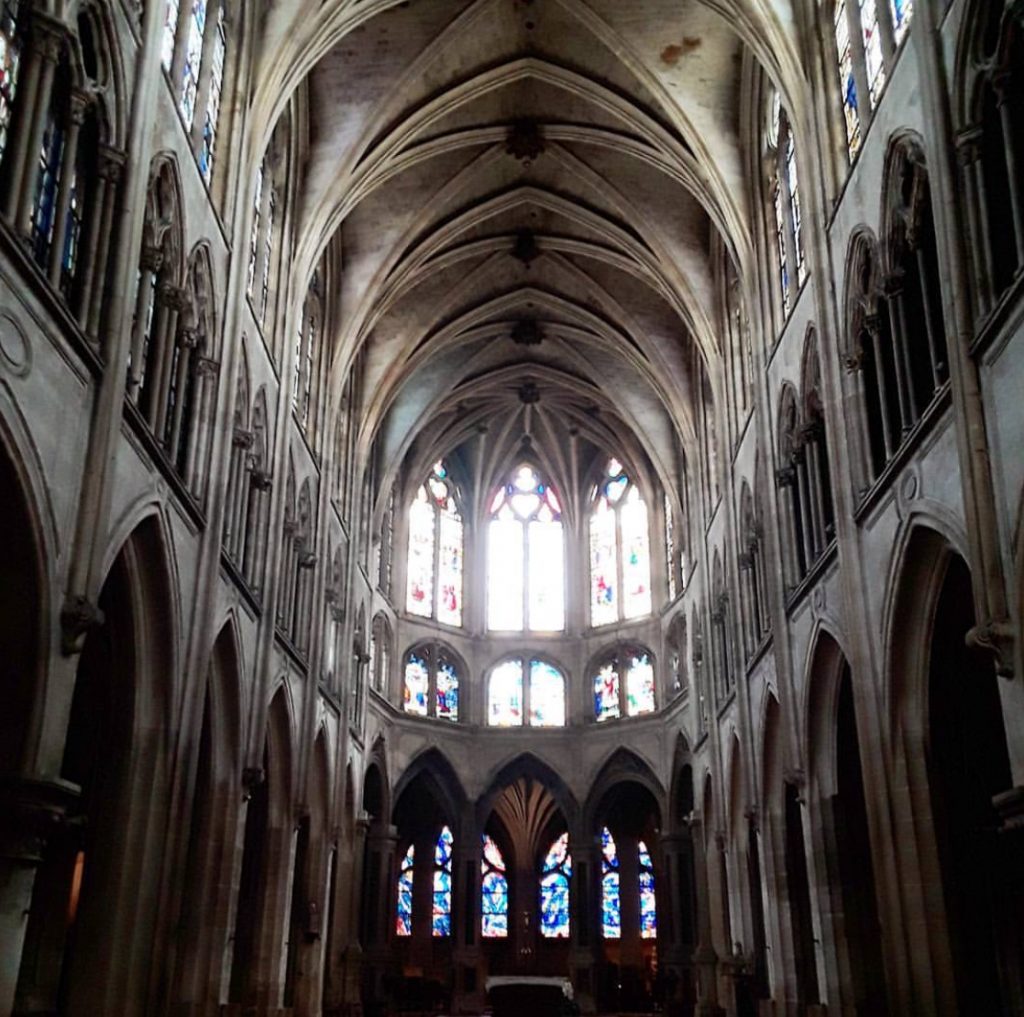
The cathedral is magnificent with its long central nave measuring 426 feet long leads to the altar.
The beautifully carved columns on each side reach up to ten stories high while the walls are decorated with paintings, sculptures and a row of stained glass windows above the columns. The arches above look as though they are praying hands while the stained glass windows burst with color as the outside light seeps in. The minimal light brings forth a cavernous atmosphere of the church as David and I begin our walk towards the altar.
The architecture is truly Gothic known for its simple columns, stone buttresses, stained glass windows and ingenious arches which crisscross to support the roof. Built in the typical floor plan of a basilica, it resembles a cross, where a crossbeam intersects at the location of the altar. The ominous size of the cathedral, measuring 157 feet wide can seat up to 10,000 worshipers at a given time. Towards the back are several chapels to explore.

The altar is where the priest conducts Mass and where the sacraments of the Communion are blessed. Just behind this sacred table is the beautiful Pieta, carved in the 17th century. The two cherubs that flank each side of the sculpture represent the kings Louis XIII and his son, the Sun King, Louis XIV.
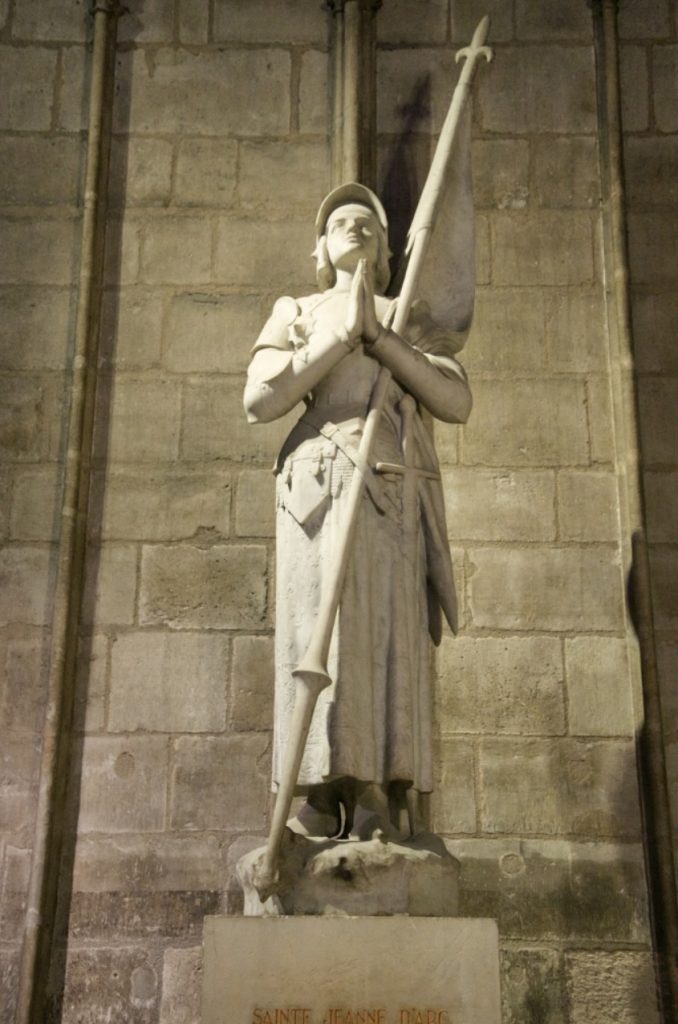
Located in the right transept of the cathedral, the statue of Joan of Arc memorializes the young teenage warrior who led her country to protect the city of Paris from the English. Her allies would later turn against her after hearing her claims that she heard heavenly voices, condemning her to burn at the stake. Opposite the statue is the only rose window with its original medieval glass.
Located on the back side of the choir walls are beautifully carved scenes from the resurrection of Jesus. Ahead on the right is the Cathedral Treasure which contains a reliquary housing some of the most important artifacts to include the Crown of Thorns, a fragment of the Holy Cross and one of the Holy Nails from the crucifixion of Christ.
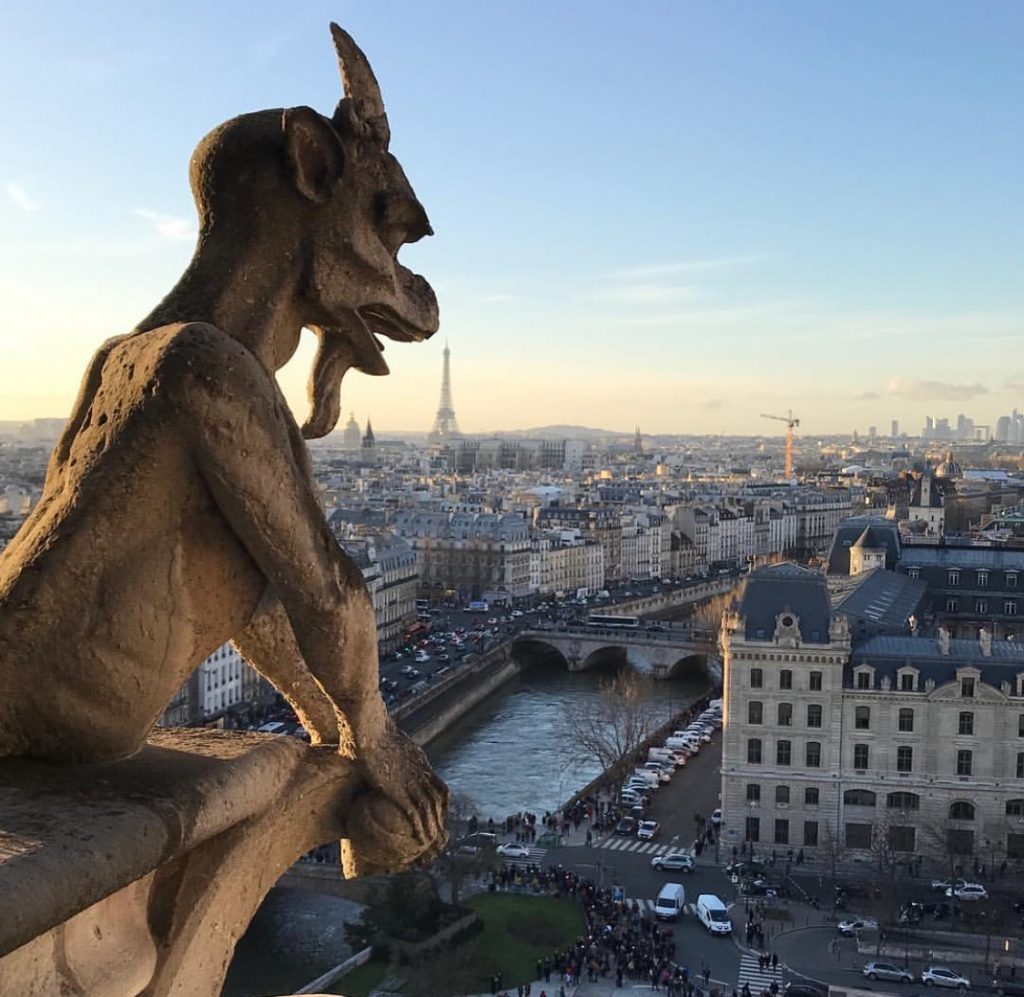
I enjoyed exploring the interior of Notre Dame couldn’t wait to reach the top of the stairs for scenic views of Paris. Standing in line for close to 20 minutes, I purchased my ticket and made the trek to the top. Surrounded by the famous gargoyles, the panorama could not have been more spectacular, with views of the Seine, surrounding neighborhoods of Paris and the Eiffel Tower in the distance.
This ancient cathedral, with its 200 foot tall bell towers, ornate façade filled with interesting stories, extravagant rose windows and famous gargoyles, there is no doubt why the cathedral of “Our Lady” is France’s most famous church.
Have you visited the Notre Dame Cathedral in Paris? What part of the tour was most memorable for you? I would love to hear about your experience or answer any of your questions if you would kindly leave a comment below. Many thanks for reading about my amazing visit to Notre Dame Cathedral and wishing you many Happy Travels!
What to See and What to Do:
Cathedrale de Notre Dame
Place du Parvies de Notre-Dame
75004, Paris, France
Telephone: Cathedral – 01 55 42 50 10; Tower – 01 53 10 07 00; Crypt – 01 55 42 50 10
- Admission Fee: The cathedral is free. The treasury is 3 Euros and a view from the towers is 8.5 Euros. A visit to the crypt is 6 Euros.
- Transportation: Nearest Underground Train Station: Cite, Saint-Michel; Nearest Bus/Tram Route: 21, 24, 27, 38, 47, 85, 96
- Hours: Cathedral Mon – Fri 8 – 6:45, Sat – Sun 8 – 7:15; closed some religious feast days; Treasure Mon – Fri 9:30 – 6, Sat 9:30 – 6:30; Sun 1:30 – 6:30. Tower: April – September daily 10 – 6:30 (Jul – Aug Sat – Sun 10 am – 11pm; October – March daily 10 – 5:30. Archaeological Crypt: Tues – Sun 10 – 6
- Amenities: Additional Information; Guided tours (free, times vary) audioguide (moderate)
- Scenic View: A climb to the top of the tower provides extravagant views of Paris, the Seine and the Eiffel Tower in the background.
- Length of Visit: 2.5 hours to include the cathedral, a trip to the towers and exploring the facade of Notre Dame.
- Tips for Your Visit: Be prepared to stand in a long line for a trip to the towers through the left entrance. There may be a line to enter the cathedral, but in most instances, the line moves quickly.
Where to Stay:
Four Seasons Hotel George V Paris
31 Avenue George V
75008, Paris, France
Telephone: 33 1 49 52 70 00
Where to Eat:
Au Bougnat
26 Rue Chanoinesse
75004 Paris, France
Telephone: +33 1 43 54 50 74
David and I wanted to share a couple of starters, so we were determined to try duck while in France, We absolutely loved the terrine with pistachios, foie gras and served with a compote of red onion. The flavors were earthy and sweet while the pistachios gave the dish an added crunch. The creamy Veloute mushroom soup and the Burgundy snails were loaded with robust flavors of garlic. Seasoned with Parmesan shavings, the risotto was perfectly executed served with green asparagus.
What to Eat:
- Beef Borgonion is France’s equivalent to a beef stew but better!
- Fresh Bread from the Boulangerie
- Cheese
- Chocolate Croissants
- Coq au Vin is an extraordinary French chicken stew
- Creme Brulee is an egg custard that has been torched on the top to create a crisp layer
- Crepes are an egg based wrap filled sweet or savory fillings
- Croque Monsieur or Croque Madame are croissants filled with sweet or savory fillings such as cheese or ham.
- Duck which is listed as canard on the French menu
- Escargot
- French Onion Soup
- Frites are France’s fancy French fries
- Frog Legs
- Frois Gras is a duck pate
- Macarons are deliciously light airy pastries made from sugar and almond flour
- Meringues
- Profiteroles are cream puffs
What to Read:
- The Hunchback of Notre Dame, by Victor Hugo
- The Sun Also Rises, Ernest Hemingway
- Les Miserable, by Victor Hugo
- The Life Before Us, by Romain Gary
- All the Light we cannot see, by Anthony Doerr
- Suite Francaise by Irene Nemirovsky
- Perfume by Patrick Suskind
Photo Guide for Paris:
- Avenue des Champs Elysses for street scenes and upscale restaurants and hotels
- Eiffel Tower for fabulous views of the city
- Galeries Lafayette Haussmann for gorgeous architecture
- Jardin du Luxembourg for nature
- The Louvre for art and architecture
- Montemartre for the art scene and architecture
- Notre Dame Cathedral for amazing views
- Paris Bird and Flower Market for interesting people watching
- Paris Metro for street scenes
- Sacre Coeur for sunsets and panoramic views
- Saint Michel and the Latin Quarter for street scenes
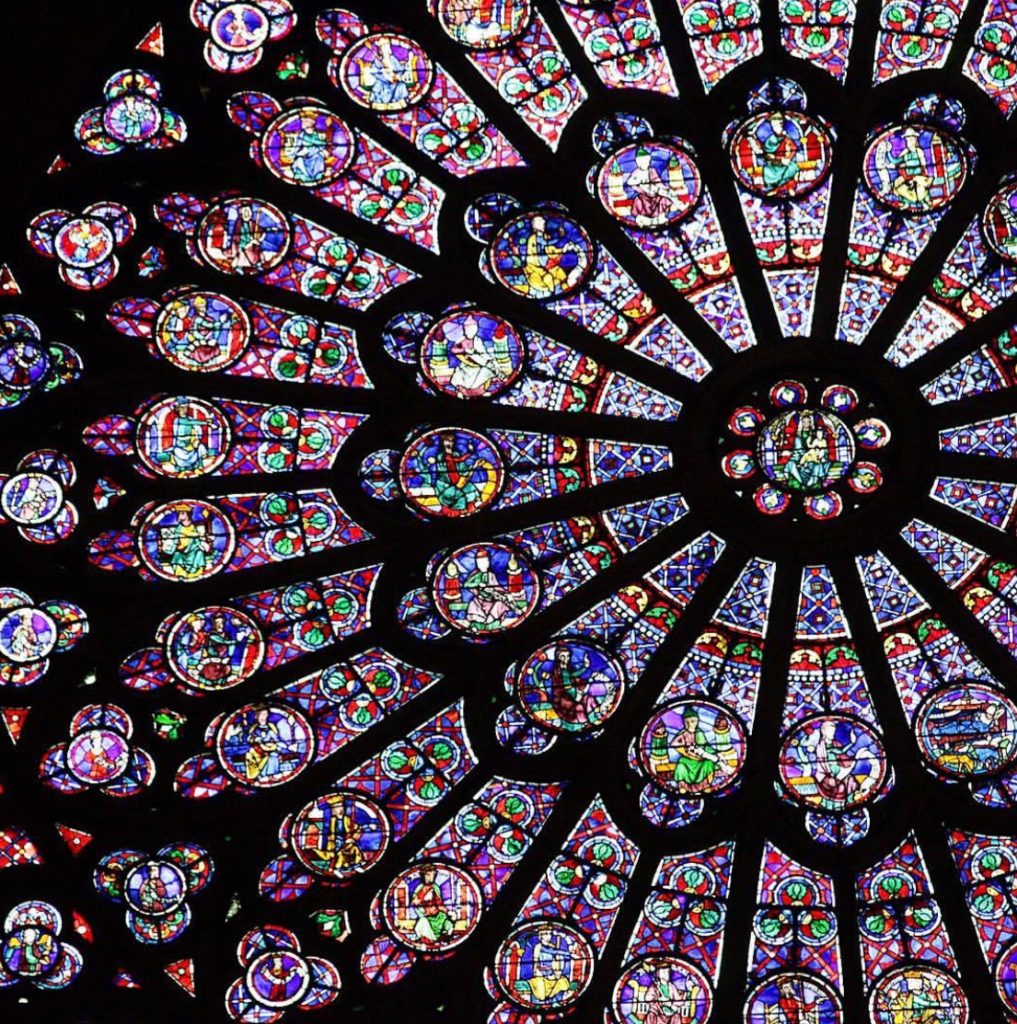
The Rose Window on the South Side of the Cathedral
